Hope someone can help me sort out what appear to be conflicting opinions on insulating the crawlspace of my house.
Existing conditions: Ranch House built mid 50’s over a fully accessible crawlspace currently uninsulated either with perimeter insulation or under floor insulation. Location is Chicago. Dirt floor of the crawlspace is covered with a plastic vapor barrier. The crawlspace is vented- about 4 sq ft vents for 1500 sq feet living area over crawlspace. All the HVAC ducting from furnace(located on living level) is run through the crawlspace below the joist level and none of the ducting is currently insulated. Plumbing is similar though more of it runs through the floor joists and neither hot nor cold is insulated. Roof insulated currently at about R40 and most perimeter living space walls have original (mineral wool?) maybe R11.
Problem: House is COLD in the winter! When furnace kicks on, generally there is a blast of cold air through most of the floor vents before any warm air. Plumbing is similar with a fairly long delay before hot water delivered to kitchen or bath faucets. I was surprised to find a complete absence of insulation in the crawlspace and logic dictates (at least to me) that the space should be insulated and the upper living area would benefit from doing so. I started researching the how of doing it and came away with more questions than I started with!
Looks like I have two choices- Hang fiberglass batts around perimeter or insulate the floor with the vapor barrier up towards the heated side of the floor. Each of these techniques create more questions for me that I cannot find consistent answers for:
If perimeter insulation: Cover or close the existing vents? Use insulation with no vapor barrier? Do I wrap the HVAC ducts and plumbing? Thought I was ok with this approach until I read that in cold climates this method can cause excessive frost heave.
Under floor – Vapor barrier up to living space seems consistent answer. If I did this, should the existing perimeter vents be open or closed? Should I insulate HVAC and plumbing? Install perimeter foamboard too or?
I’d really appreciate some guidance from anyone that can help sort this out. My worst nightmare is insulating everything and then creating a mess with condensation from the HVAC and plumbing because I did it wrong. Surely there must be a right way?
Thanks in advance for any help!
David
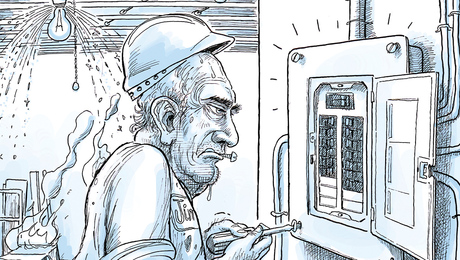

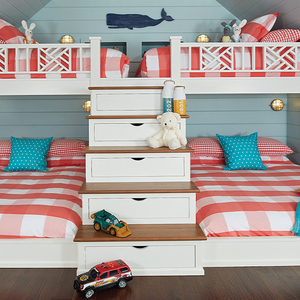
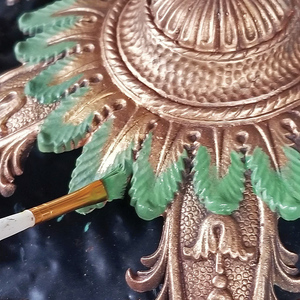

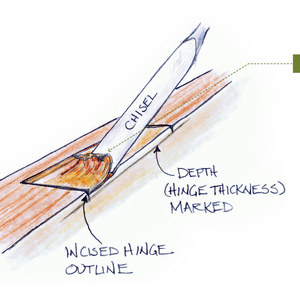







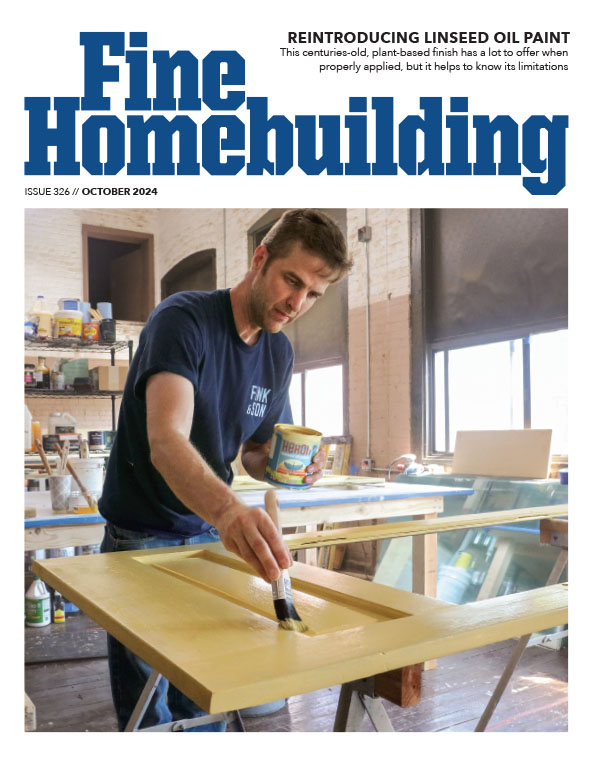





Replies
More bits of information I think will be necessary:
How is the foundation wall made up? Poured concete? concrete block? How thick? How much backfill on the outside?
Average dimension between bottom of floor joists and top of VB?
Any mold or dampness in summer, winter, spring, fall?
I did a bit of research on this a year ago and am going to seal and insulate a considerable bit of new crawl space construction this fall and winter, so am both trying to share things I've learned and keep my ears open to the pros that frequent this forum.
Based on what you've provided so far I'd lean towards treating the existing crawl space kind of as if it were a full basement...closing the crawl space vents off and sealing (VB) & insulating both inside foundation perimeter (with rigid foam board) and fiberglass bats in the joist spaces with VB up towards heated area.
While you're down there, cut a register in the ducts so you can at least partially "condition" the crawl space.
What you're aiming for IMHO is to get to a point where you never reach dewpoint in the crawl space. That means no hot humid outside air condensing on cooler surfaces in the crawl space during the summer, and no relatively humid inside air getting in there during the winter to condense on same cooler surfaces. As long as you're careful detailing the overlap and taping of the vapor barrier to eliminate physical moisture migration, you should be OK and no more cold blast when the furnace kicks in.
Pros...we're listening.
Thanks for the info. Here are the additional "facts".
More bits of information I think will be necessary:
How is the foundation wall made up? Poured concete
How thick? 8"
How much backfill on the outside? Not sure what you mean here but backfilled to grade around entire house.
Average dimension between bottom of floor joists and top of VB? 4'6"
Any mold or dampness in summer, winter, spring, fall? No mold present anywhere. Replaced plastic barrier on floor this summer- space seemed fairly humid and after placing new plastic I noted condensation forming under the plastic. Old barrier was torn everywhere so I assume any moisture in ground simply migrated up.
I think you're in really good shape. Easy access, solid walls, no mold or standing water.
Still think you should use rigid (the blue or pink) against the wall on the inside because maybe you can dig the lower edge down into the dirt a bit to help wedge it against the wall. I think PL200 will glue the pieces against the wall. (need pro's input on this) Then run 6mil plastic up over the foam, stapling and taping (red contractor's tape) at the top if you can. Lap >12" over the VB on the dirt and tape. Go ahead and run the foam over the existing vents but don't plug all of them from the outside until you're sure the sealed space will work.
Up to you, then, if you want to fill the joist spaces with fiberglass. Kind of a trade-off between the heat that you'll get from the VB treated ground now that the space is sealed off. With the easy access you have, you can always go in there and cut registers into the ducting and FG the joist spaces if the floor is still cold.
Good luck.
Edited 9/16/2003 9:27:21 AM ET by johnnyd
Keep the plastic on the floor - insulate the walls, unfaced 6" +/- fg batts; seal most of the vens, but leave a couple open (buth covered with the fg)and add a regiter or two to the distribtion/supply ducts in thre crawl.
_______________________
Why Don't Blind People Like To Sky Dive?
Because it scares the bejabbers out of the dog
Your mileage may vary ....